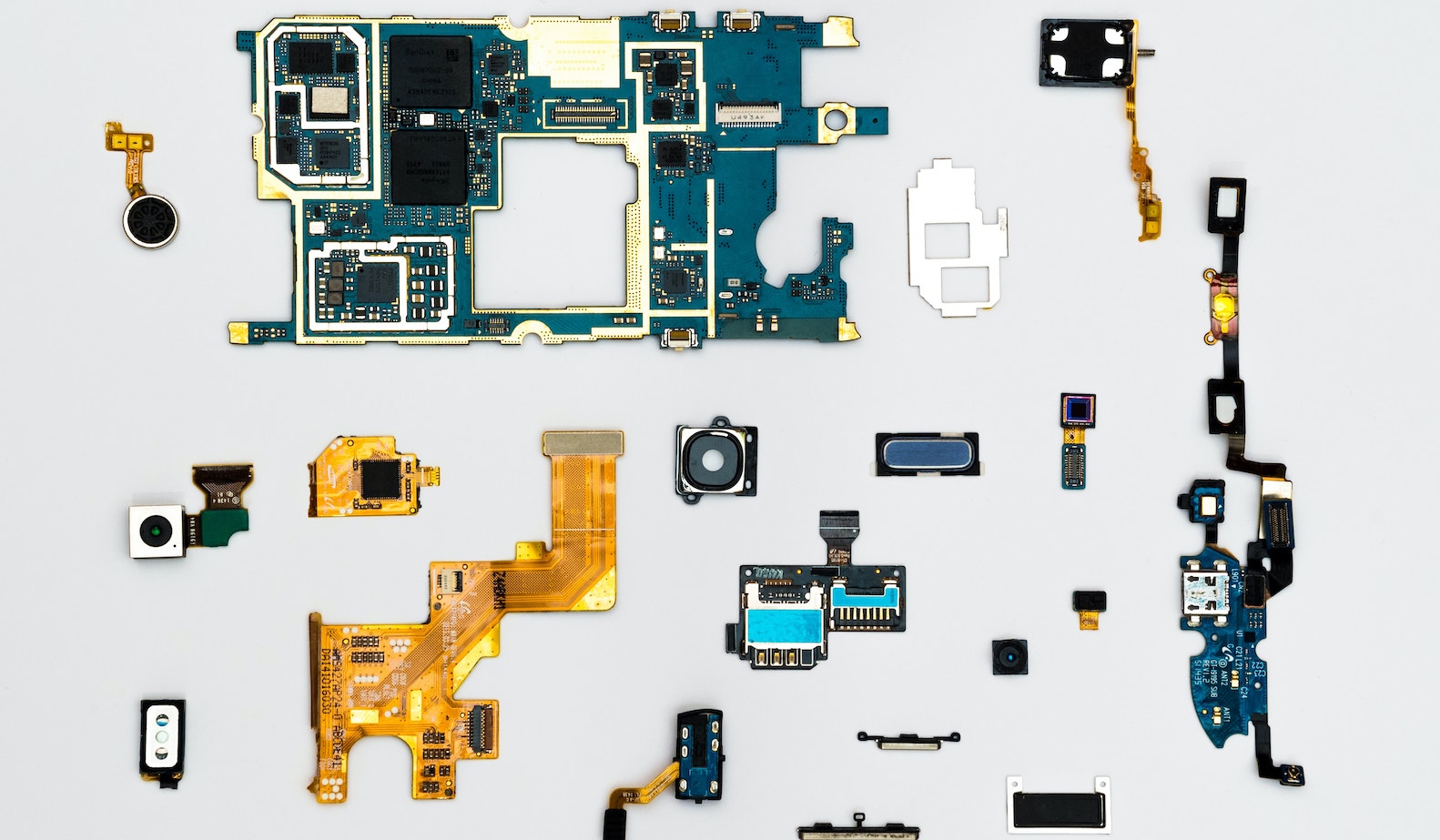The digital transformation of the insurance industry is first and foremost motivated by the demands of clients, who are always looking for the easiest way to solve claims. New technologies also can improve processes, eliminate fraud risks and collect data that can be used to personalize services.
Together with banking and finance, insurance is one of the most highly regulated industries, and any change must go through lengthy and rigorous probation. This explains the lag in using state-of-the-art technology compared with other industries.
However, things are changing, and the insurance industry can see gains of $1.1 trillion just from AI.
Here are five ways technology can make the insurance industry better for clients and more efficient for providers.
Process Automation and AI-Based Decisions
Digitization has affected most business sectors by cutting processing times, simplifying procedures and offering more power to clients. The insurance industry can benefit from all this, too.
Claim processing can be stepped up, with clients performing some part of the registration process, then letting AI do the rest. Technology can also increase renewal rates and cut down churn by sending automatic reminders or scheduling automated payments.
Underwriting is no longer delegated exclusively to people. Now it is a mix of automatically computed risks and human decision-making.
Since this industry relies heavily on extensive paperwork, any help regarding recording, sorting and retrieving information is a notable improvement. OCR and computer vision make insurance brokers’ works easier and save time.
Self-Service Portals and Chatbots
Clients are becoming more tech-savvy with their ever-more=powerful mobile devices. They are no longer ready to wait in lines at an office to be served by an insurance officer. The trend is to create a website or an app where clients can buy a policy, submit claims and evidence, create support tickets and request payments as quickly and conveniently as possible.
This should be part of an integrated omnichannel strategy, where the client has a choice of communication channels with the insurance provider.
See also: In Age of Disruption, What Is Insurance?
While some clients still prefer talking to a human agent, and this service is not going anywhere any time soon, chatbots are gaining ground. These solutions are helping insurance companies reply on the spot, thus eliminating waiting times, which are frustrating for customers.
IoT-Based Prevention
Better prevention methods could help avoid a great deal of the hazards for which insurance companies have to pay. Pipe leaks, fire outbreaks, gas leaks and more can become things of the past with the help of smart IoT sensors, which are becoming the norm in modern homes.
This is something AXA is already testing within smart homes. When home appliances are connected to a central system and give constant feedback, it becomes easier to avoid accidents by simply shutting off those posing a high risk. In a disaster, it will also be easier to process the claim because there is a clear record of the underlying cause.
Fewer Accidents With Self-Driving Cars
Self-driving cars will eventually be able to avoid collision with each other and other objects, reducing the number of accidents and saving insurance companies millions of dollars.
Until then, installing smart safety systems in vehicles can also diminish the number of accidents or at least minimize adverse outcomes.
Healthier With Wearables
Most chronic health problems are preventable if people adopt a healthy lifestyle. Some insurance companies are already implementing gamification schemes to motivate their clients, with the prize being a discount in the insurance premium paid. The motivation of the insurer here is that the cost of the bonuses or discounts is far less than the doctors' fees.
Technology can also help medical providers keep track of the entire care delivery cycle, from the admission to long-term remote monitoring. This can smooth out the friction between hospitals and medical insurance providers, as this insurance portal development project explains in detail.
Ethical Issues of IT in Insurance
Although the consumer’s benefits in the form of personalization and less friction are apparent, there is also a darker side of using IT in insurance. Ethical issues include:
- Data governance. Because these systems are very recent, there are few legislation points covering data accessibility and management, except for GDPR and some others.
- Security and privacy. As with any other information systems, the problems of authentication and encryption remain relevant.
- Transparency. Most smart systems act as black boxes; therefore, clients and staff have no way to explain why the system returns a particular answer. This contradicts the fundamental right of the client to be fully informed about the service.
- Bias and discrimination. The primary concerns here are related to the ability of AI to qualify a specific client as high-risk and deny the client the service or put the client at a disadvantage.
- Job losses. Reports show that as many as 18% of current insurance jobs could be automated by 2025.
See also: IT Security: A Major Threat for Insurers
Despite the risks, using IT in the insurance sector means that there are fewer intermediaries between the client and the provider, faster service, less friction and overall more accessible policies. As the insurance tech is maturing, it’s time for providers to weigh the advantages versus risks and consider a digital pivot while it can still provide a competitive advantage.






